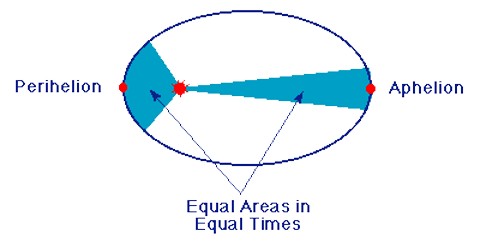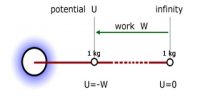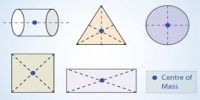Summary of Galileo’s Laws and Keplers’ Laws
First law: In vacuum all the freely falling bodies starting from rest traverse equal distance at equal interval of time.
Second law: Starting from rest, the velocity of a freely falling body is proportional to the time taken to fall.
Third law: Starting from rest, distance traversed by a freely falling body is proportional to the square of the time to fall.
Law of ellipse: The orbit of each planet is an ellipse which has the sun at one of its foci.
Law of area: Each planet moves in such a way that the imaginary lute joining it to the sun sweeps equal are in equal times.
Law of time: The square of the period of resolution at any planet around the sun is proportional to the cube of its mean distance from the Sun.















